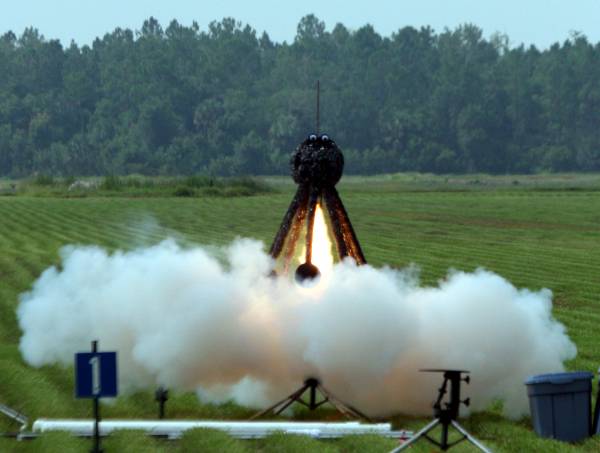Juggernaut
New Member
- Joined
- Feb 5, 2013
- Messages
- 1
- Reaction score
- 0
Hi,
As the title states, I would like to know some ways to increase drag on a rocket. I am building a rocket that has a specific altitude goal (3000' AGL) and a weight limit. I am required to use the CTI I-540 motor and even at maximum weight limit, RockSim is giving me a projected altitude of ~3050'. In the past, all the sims that I have run have undershot the actual flight altitude. I was thinking something like gluing some strips of this to the leading edge of the fins to increase surface area:

What do you guys think? Thanks for the help!
As the title states, I would like to know some ways to increase drag on a rocket. I am building a rocket that has a specific altitude goal (3000' AGL) and a weight limit. I am required to use the CTI I-540 motor and even at maximum weight limit, RockSim is giving me a projected altitude of ~3050'. In the past, all the sims that I have run have undershot the actual flight altitude. I was thinking something like gluing some strips of this to the leading edge of the fins to increase surface area:

What do you guys think? Thanks for the help!







